Where have all the workers gone? Colorado Springs, New York experts explain
COLORADO SPRINGS, Colo. (KRDO) -- It's a question many of us have asked or wondered about when the lobby of our favorite restaurant is closed, or a business closes early or has reduced hours and limited operations, or a library closes due to a staff shortage.
What happened to all of the workers who left their jobs during the COVID-19 pandemic?
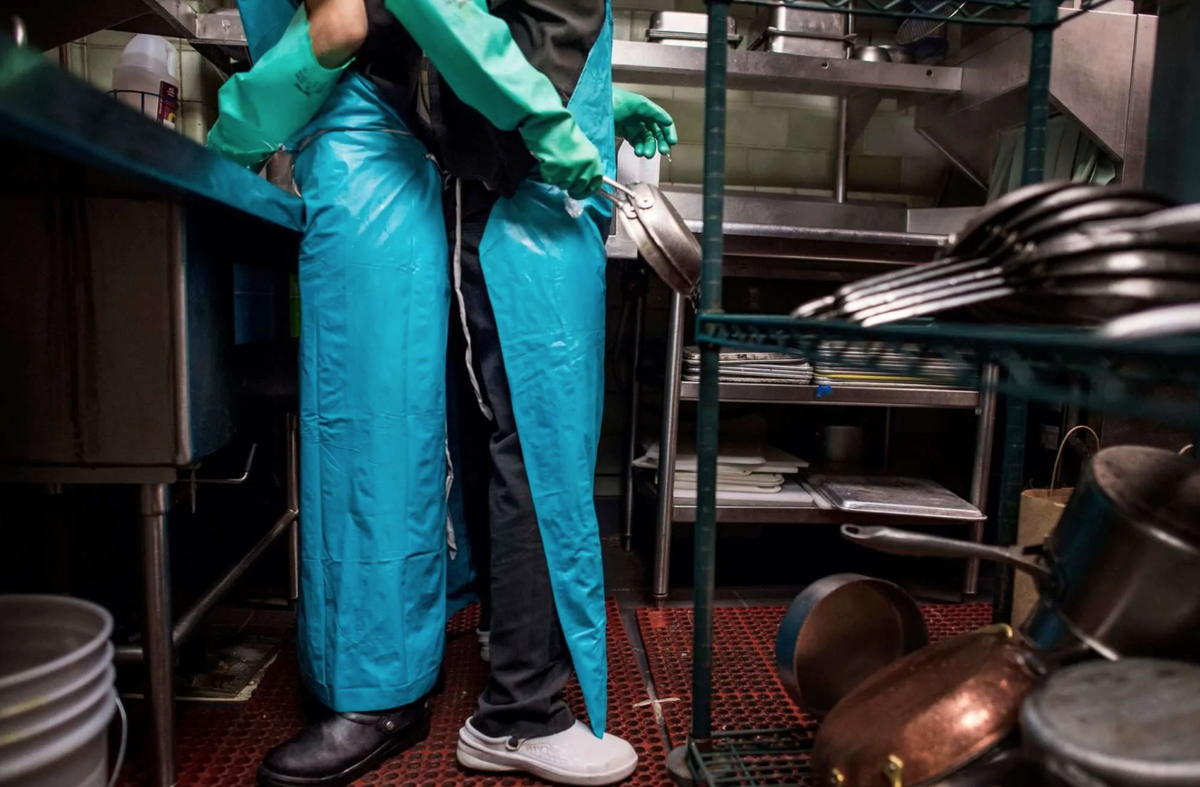
It's a situation that frustrates many of us, and has us asking whether it's temporary or permanent.
"I'm afraid it kind of is the new normal, unless we happen to hit a much harder recession than we think, in 2023," said Tatiana Bailey, an economist for Data-Driven Economic Strategies, in Colorado Springs. "I think on the short-and medium-term, this is probably the new normal -- and people are getting used to it."

KRDO NewsChannel 13 recently spoke with John Dorer, CEO of eb3.work, a New York company that for 20 years has helped employers hire for hard-to-fill vacancies and recruit immigrants to fill positions.
Dorer said that little data is available on what became of workers who left their jobs during the pandemic, but that several factors are negatively impacting the labor market now.

"Some left the restaurant industry out of fear of working too close to people during COVID," he explained. "But we also had 500,000 workers who died of COVID, and we have more people retiring. Some got training to do other things, have plans to move on, maybe finish school, a number of different things."
A major factor, Dorer said, is the lack of immigrants who normally would fill vacancies for unskilled positions -- such as in support positions for the restaurant and hospitality industries -- because of the closure of U.S. embassies at the start of the pandemic.

"The normal flow of temporary and permanent workers that would normally be coming in, stopped," he said. "That created a huge shortage of available workers. Some embassies have a yearlong backlog of processing requests for work permits and VISAs. Foreign national immigrants (comprise) 30% to 40% of the hospitality industry. Most countries faced with our labor market allow more immigration, but we're not doing it here."

Dorer said that the trend of employers paying more to retain employees -- and passing some of those costs on to customers, which contributes to inflation -- will continue until the labor supply increases.
"It may take people pressuring Congress to pass immigration reform," he said.
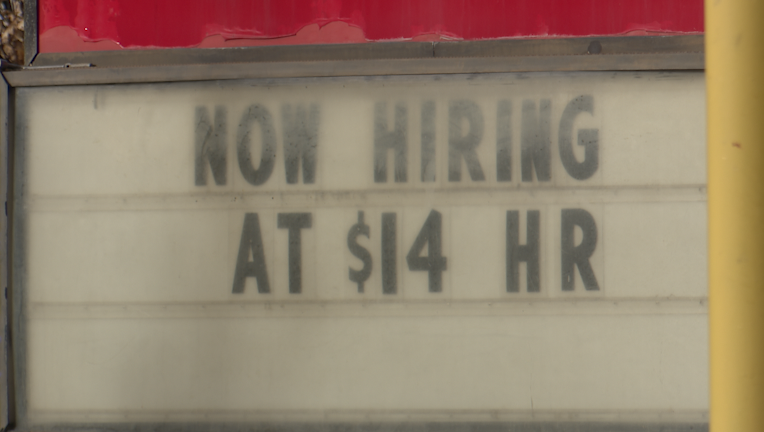
The recent wave of migrants coming into the U.S. from other countries doesn't represent a potential labor source, Dorer added.
"I can tell you that the penalties for employers who have unauthorized workers is very high," he said. "Most employers of any size or reputation will avoid that. Migrants could declare asylum and get temporary works permits but the backlog at embassies remains."
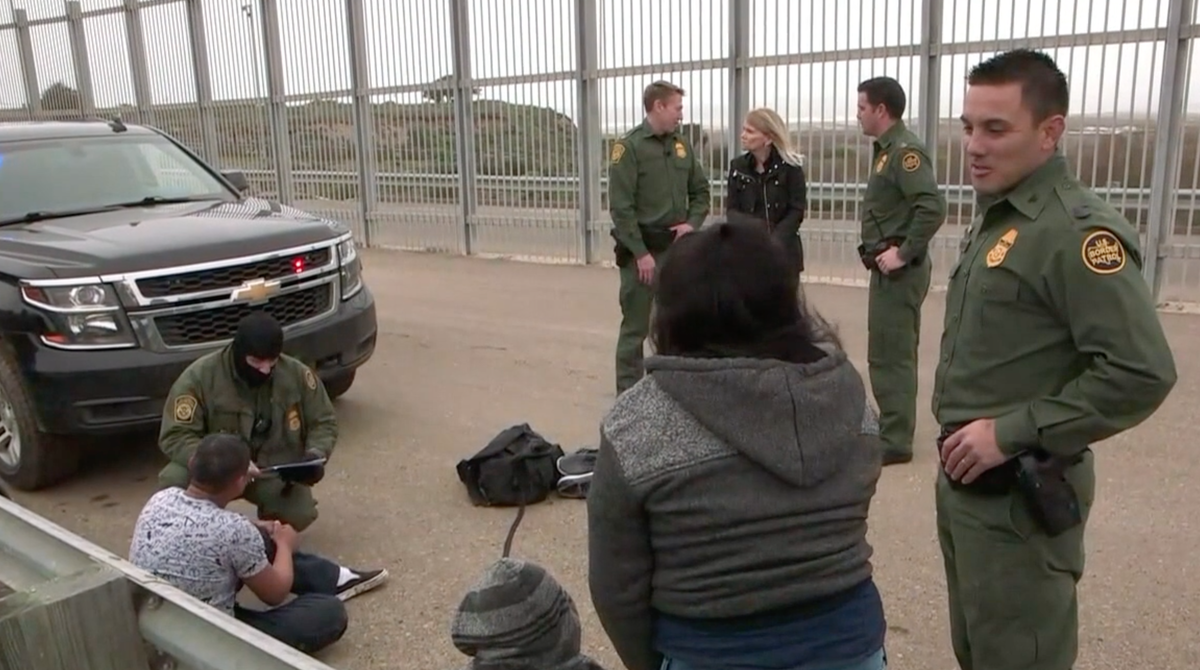
Bailey believes that the solution to the worker shortage is to somehow entice people to apply for jobs as they did before the pandemic.
"Educated women are coming back, but many men are not," she explained. "Some of the same men who lost their jobs in the 2008 recession also lost their jobs during the pandemic. They've learned how to maybe work several jobs and still pay the bills. Something like offering free education might convince more men to return to the workforce. But more importantly, we need to look at how the workforce will be in 10 to 15 years and train people to be ready for that."
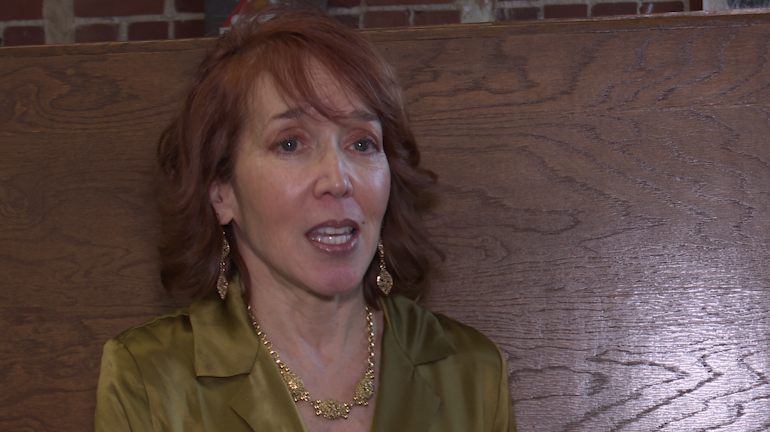
KRDO NewsChanel 13 received an email from a viewer Tuesday, who suggested that many people are out of the labor pool because they lack motivation after receiving federal unemployment and other financial assistance during the pandemic.
Bailey disagrees.
"I think (financial assistance) made it easier for a lot of people to figure out another way to make a living," she said.
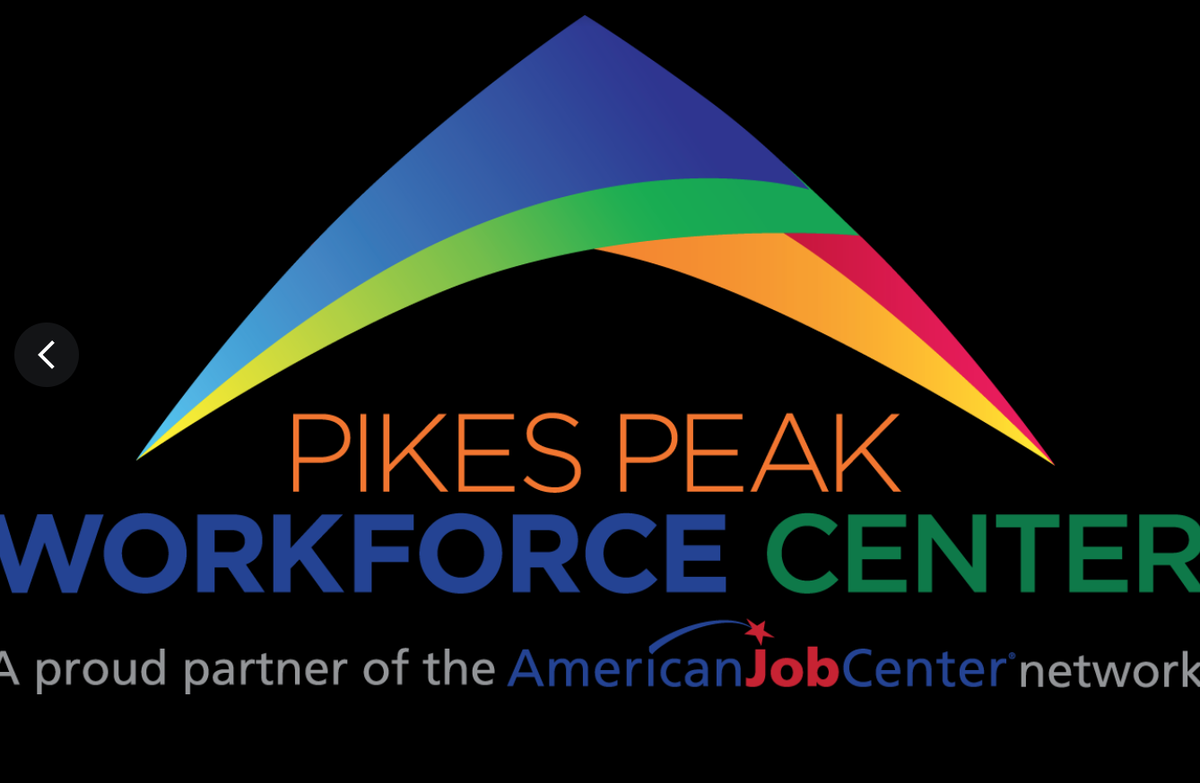
Despite an unemployment rate below the national average of 3.7%, a large number of jobs remain unfilled in Colorado; according to the Pikes Peak Workforce Center, El Paso County has nearly 24,000 open positions but only around 13,000 potential applicants.
"That's better than most counties in the state but the labor market is still tight," said PPWC spokeswoman Becca Tonn.
